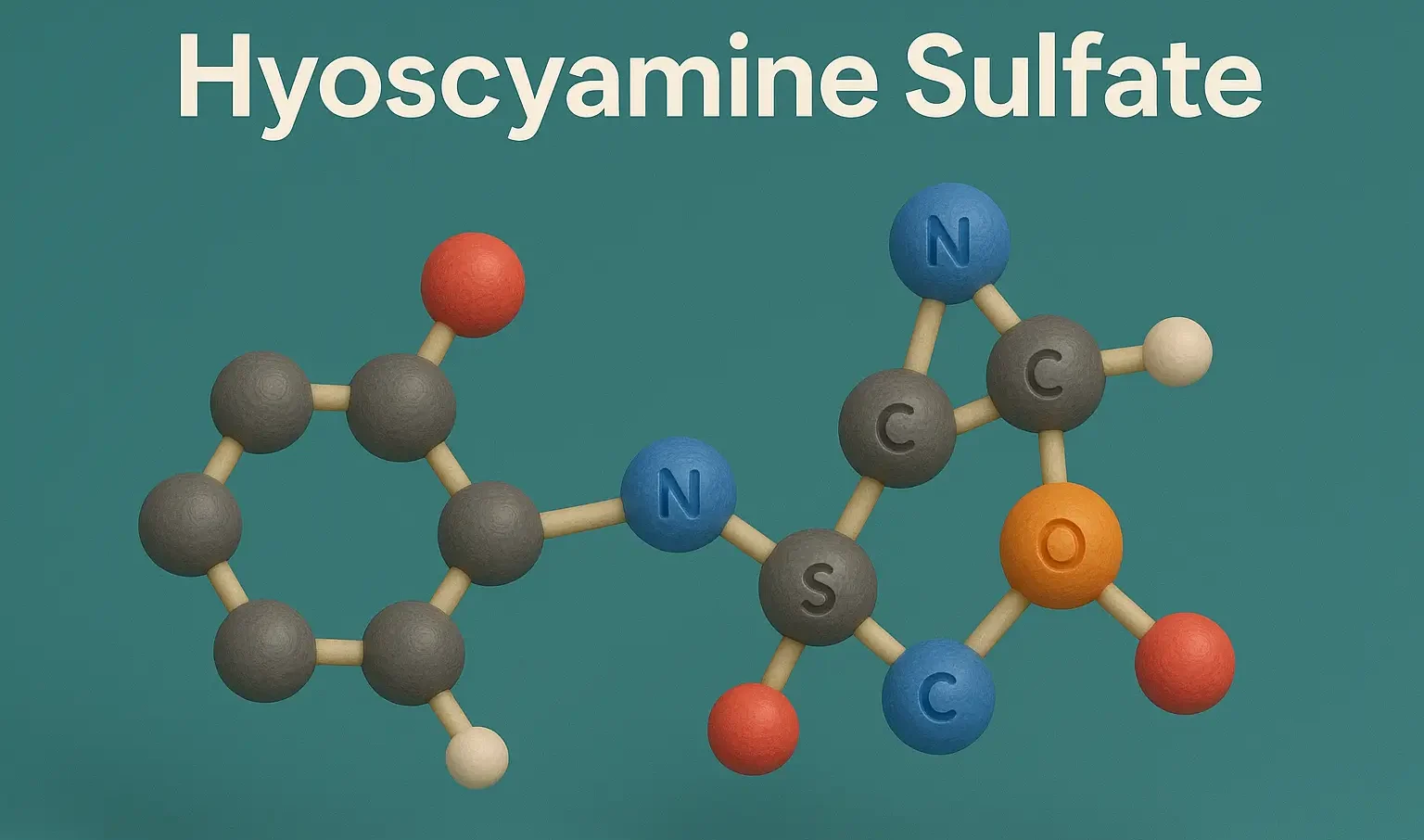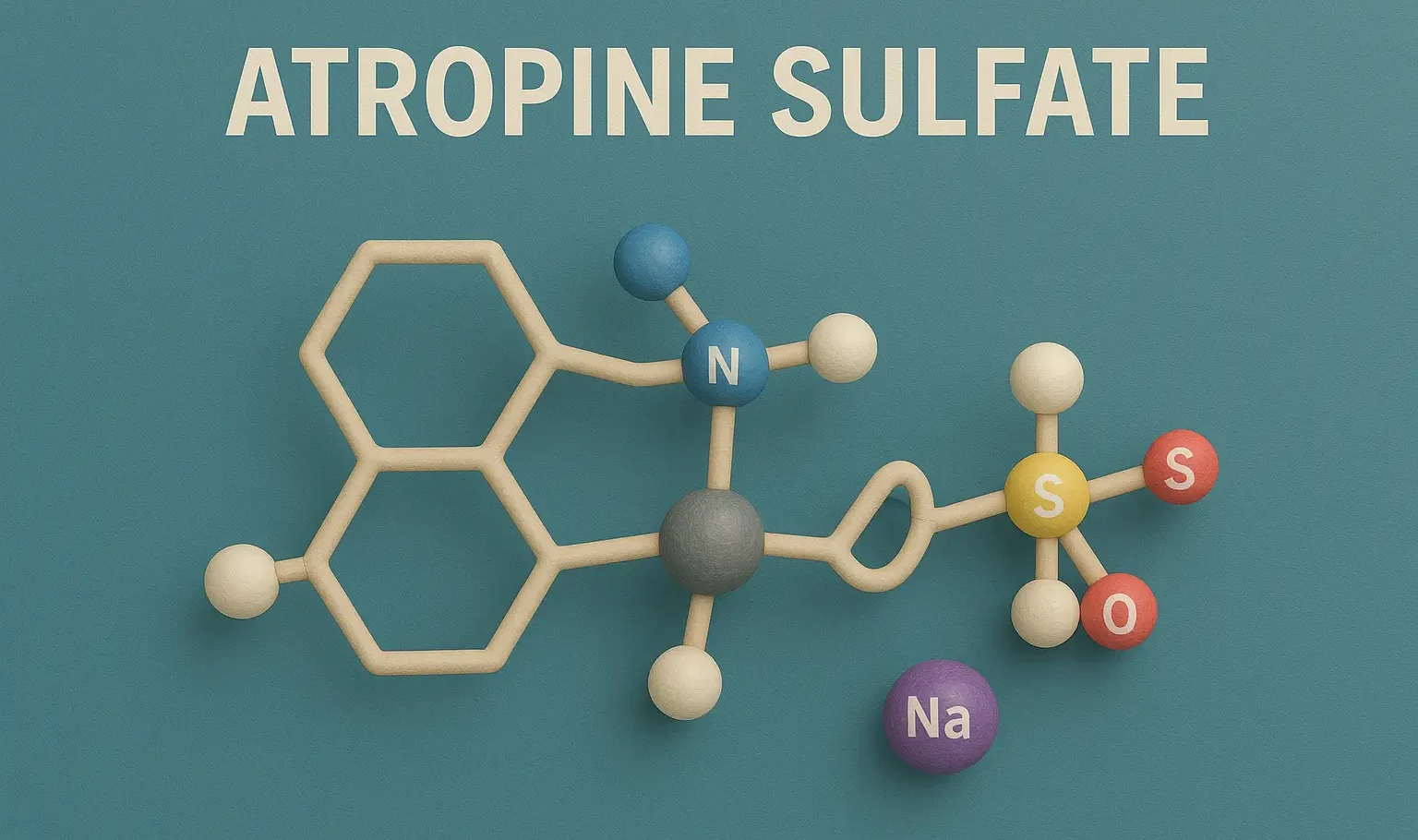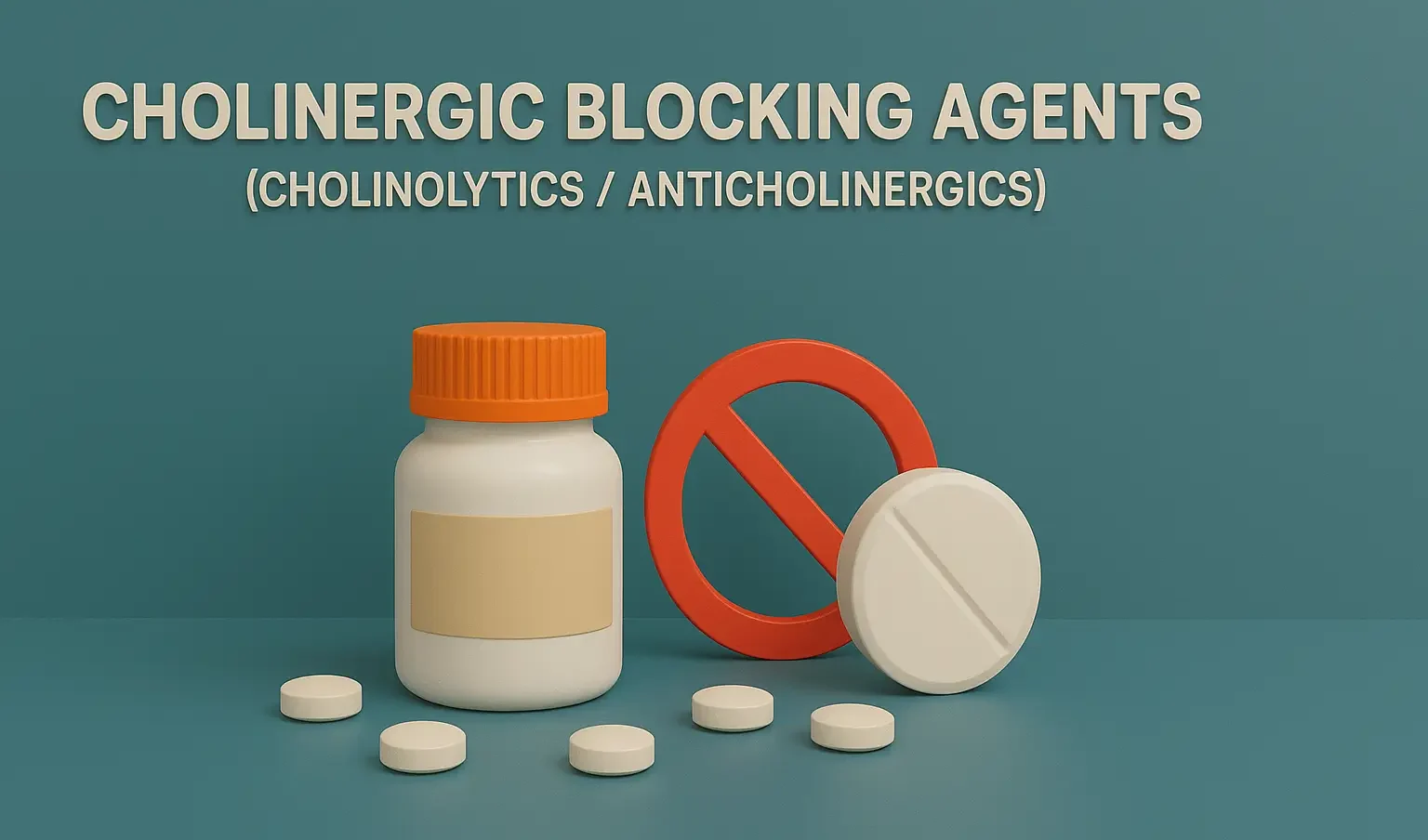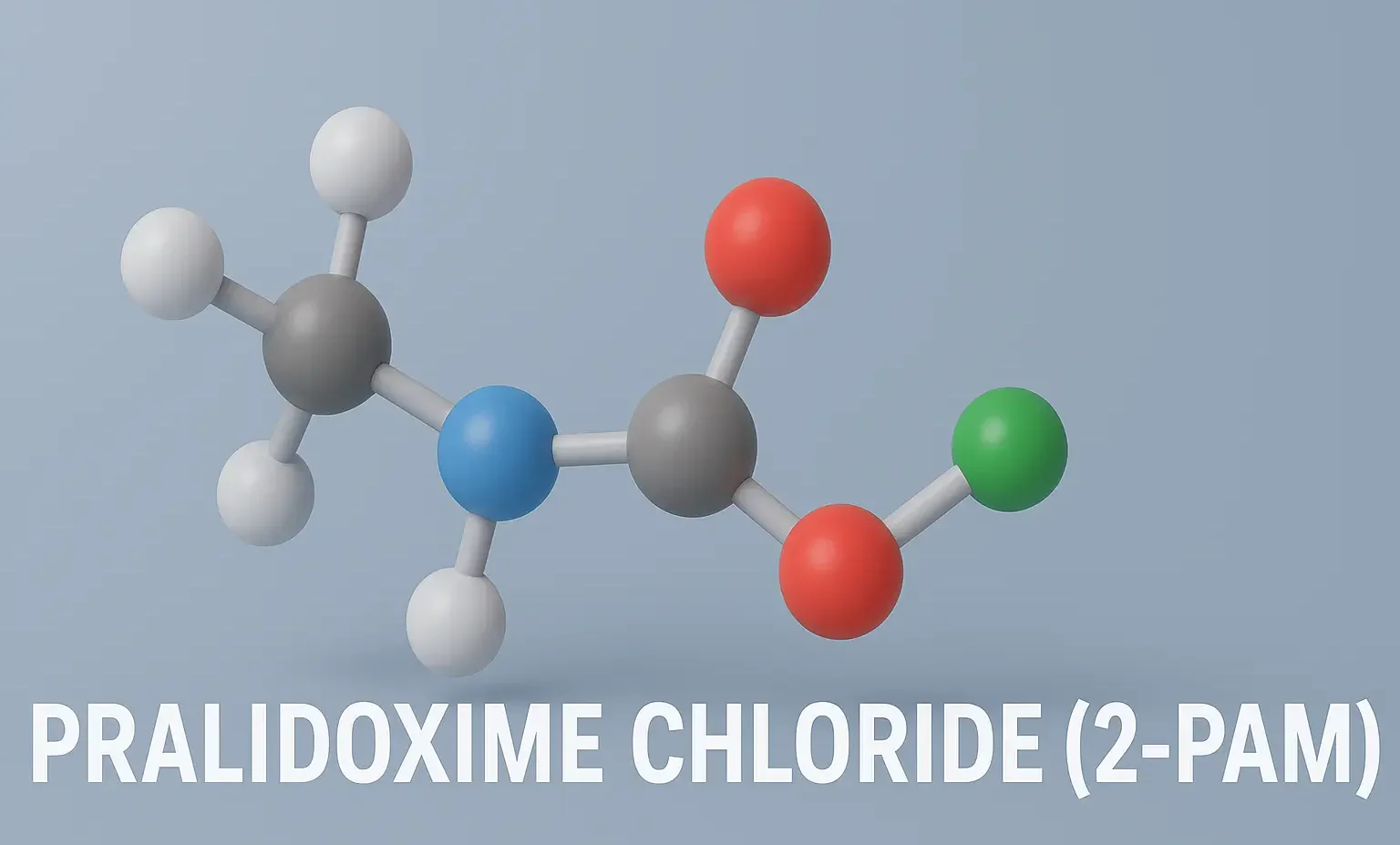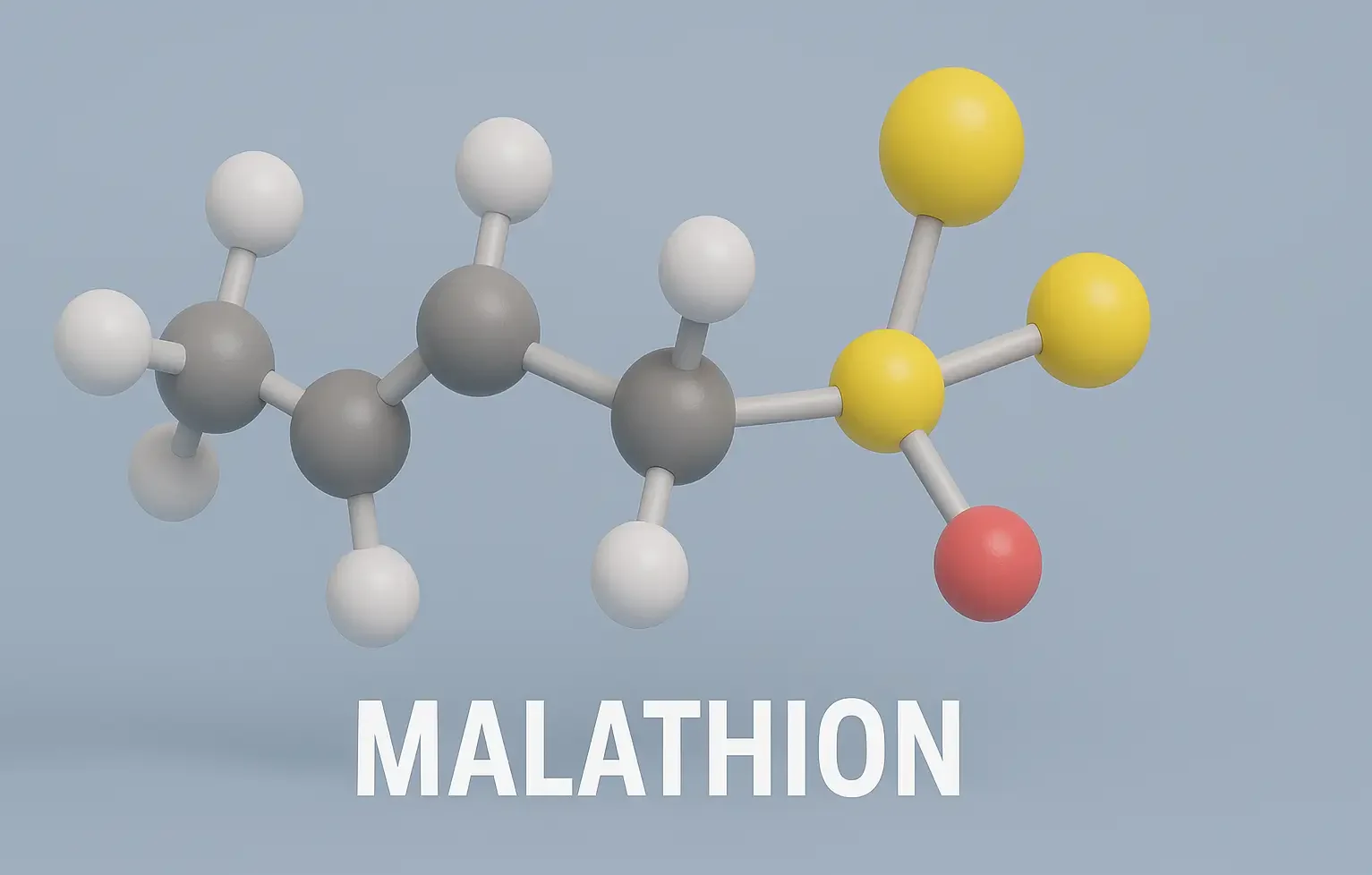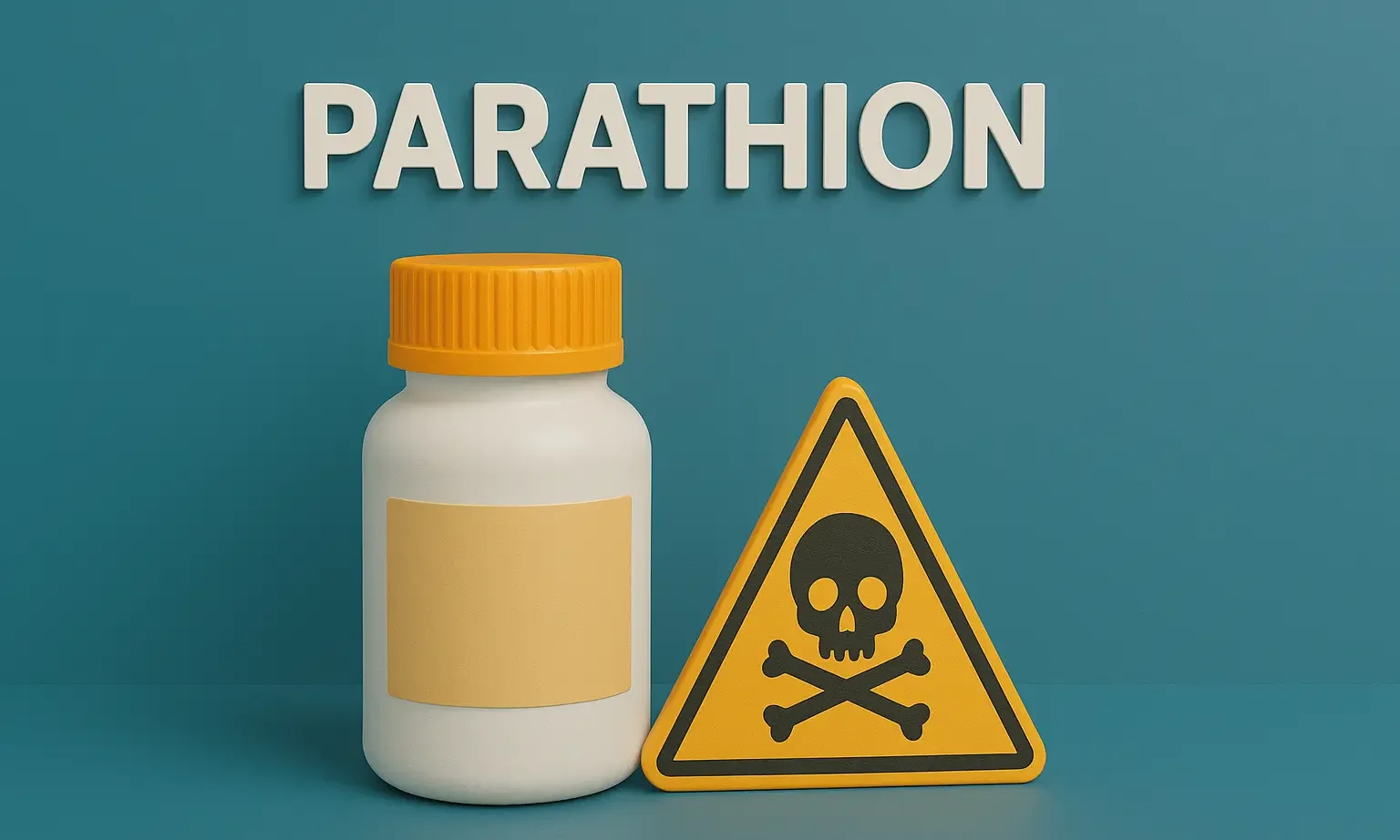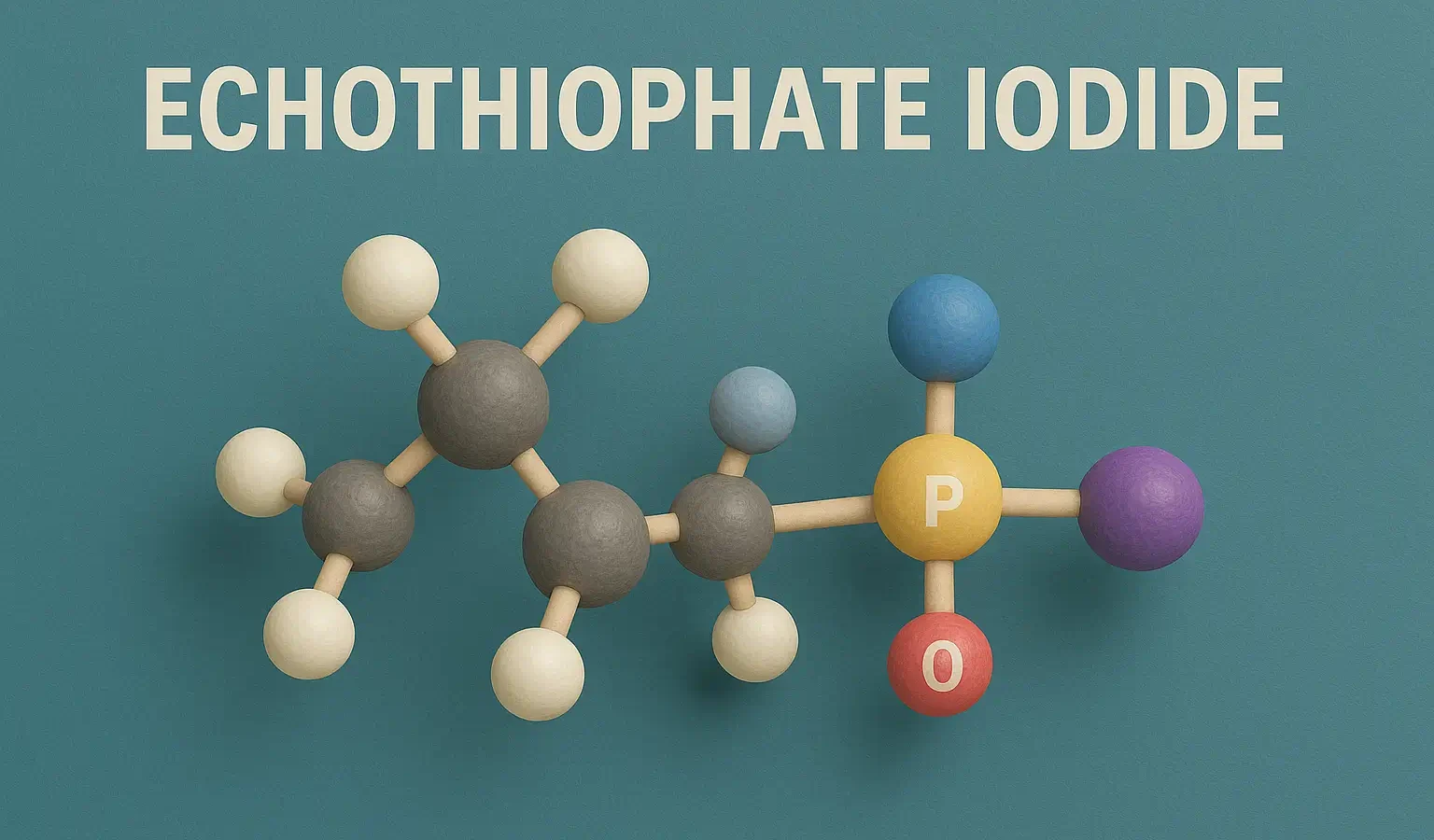Hyoscyamine Sulfate
Hyoscyamine Sulfate: An anticholinergic drug used to treat GI disorders, spasms, and motion sickness effectively. Hyoscyamine Sulfate: Relieves cramps, reduces secretions, and improves smooth muscle control in therapeutic conditions. Formula: (C₁₇H₂₃NO₃)₂·H₂SO₄ Mechanism of Hyoscyamine Sulfate: Same as atropine but more potent due to stereoselectivity Uses of Hyoscyamine Sulfate: GI spasms Irritable bowel syndrome Urinary incontinence … Read more

